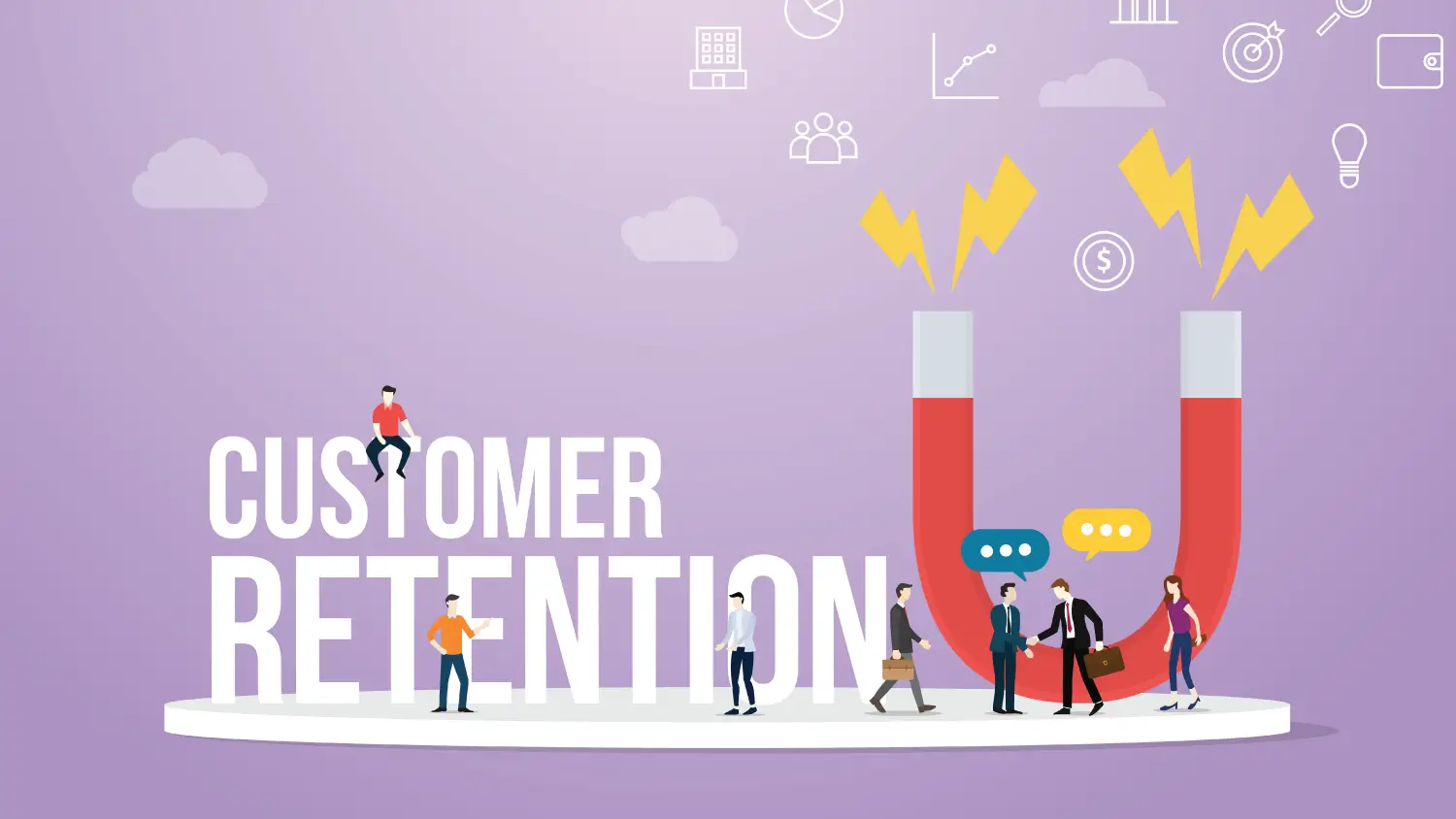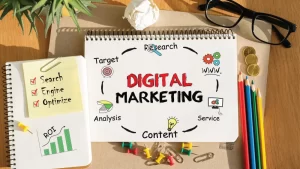In today’s competitive business landscape, acquiring new customers is often seen as the primary route to growth. However, research consistently shows that retaining existing customers is significantly more cost-effective than acquiring new ones. Customer retention is not just a metric; it’s a critical driver of long-term business expansion.
By focusing on customer loyalty, businesses can increase revenue, enhance brand reputation, and achieve sustainable growth. In this article, we explore why customer retention is essential for business expansion, strategies to retain customers effectively, and how it contributes to evolving business growth in dynamic markets.
Understanding Customer Retention
Customer retention refers to a company’s ability to retain existing customers over a period of time. High retention rates indicate satisfied customers who continue to purchase products or services. Retaining customers involves building long-term relationships, exceeding expectations, and delivering consistent value.
Unlike customer acquisition, which can be expensive and time-intensive, customer retention focuses on maximizing lifetime value (CLV) and encouraging repeat business. Businesses that prioritize retention often enjoy higher profitability and stronger market presence.
The Financial Impact of Customer Retention
The financial benefits of customer retention are substantial:
- Reduced Marketing Costs: Acquiring a new customer costs 5–7 times more than retaining an existing one.
- Higher Lifetime Value: Loyal customers tend to spend more over time, increasing their overall contribution to revenue.
- Predictable Revenue Streams: Repeat customers offer stability, helping businesses forecast and plan for expansion.
- Referral Opportunities: Satisfied customers often refer others, generating organic growth without additional marketing spend.
According to a report by Bain & Company, a 5% increase in customer retention can boost profits by 25–95%, emphasizing the profound impact retention strategies can have on business growth.
How Customer Retention Drives Business Expansion
Customer retention fuels business expansion in several ways:
- Repeat Purchases: Loyal customers are more likely to make repeat purchases, driving revenue without proportional marketing spend.
- Cross-Selling and Upselling Opportunities: Retained customers are more receptive to complementary products or premium offerings.
- Brand Advocacy: Satisfied customers become brand ambassadors, promoting your business through word-of-mouth.
- Reduced Churn Rate: Minimizing customer churn allows businesses to reinvest resources into growth initiatives rather than replacing lost clients.
- Data-Driven Insights: Long-term customers provide valuable feedback, enabling businesses to refine products, services, and marketing strategies.
By nurturing customer relationships, businesses can expand organically while maintaining a stable foundation for scaling operations.
Key Strategies for Effective Customer Retention
1. Personalization and Customer Experience
Delivering personalized experiences is crucial for retention. Tailoring offers, recommendations, and communications based on customer preferences makes them feel valued. Advanced CRM tools and AI analytics help track customer behavior, allowing businesses to deliver highly relevant interactions.
2. Loyalty Programs and Rewards
Rewarding repeat business through loyalty programs encourages customers to continue engaging with your brand. Points, discounts, exclusive offers, and VIP experiences not only incentivize purchases but also strengthen emotional connections with the brand.
3. Proactive Customer Support
Prompt, empathetic, and effective customer support is a cornerstone of retention. Resolving issues quickly and maintaining open communication fosters trust and ensures customers feel heard.
4. Feedback and Continuous Improvement
Collecting customer feedback and acting upon it demonstrates commitment to improvement. Whether through surveys, reviews, or direct engagement, continuous enhancements in products or services reinforce customer loyalty.
5. Leveraging Technology for Retention
Modern tools like CRM software, email automation, chatbots, and AI-driven analytics enable businesses to anticipate customer needs, personalize communication, and provide timely support-all crucial for retention.
Measuring Customer Retention Success
To evaluate retention effectiveness, businesses should track metrics such as:
- Customer Retention Rate (CRR): Percentage of retained customers over a period.
- Customer Lifetime Value (CLV): Total revenue a customer is expected to generate.
- Churn Rate: Percentage of customers lost over time.
- Repeat Purchase Rate (RPR): Frequency of repeat transactions.
- Net Promoter Score (NPS): Measures customer satisfaction and likelihood to recommend.
Monitoring these metrics allows businesses to adjust strategies and optimize retention efforts continuously.
Common Challenges in Customer Retention and How to Overcome Them
Despite its importance, customer retention presents challenges:
- High Competition: Competitors constantly seek to attract your customers. Solution: Offer differentiated experiences and added value.
- Changing Customer Preferences: Customer expectations evolve rapidly. Solution: Regularly survey and analyze trends to stay relevant.
- Neglecting Communication: Lack of engagement can make customers feel forgotten. Solution: Maintain consistent, meaningful interactions.
- Inconsistent Service Quality: Poor service leads to churn. Solution: Ensure uniform quality across touchpoints and train staff thoroughly.
By proactively addressing these challenges, businesses can maintain strong retention rates and sustain growth.
Case Studies: Brands That Excel at Retention
Several brands illustrate the power of customer retention:
- Amazon Prime: By offering free shipping, exclusive deals, and streaming services, Amazon ensures high loyalty among its members.
- Starbucks Rewards: Personalized offers and a gamified loyalty system encourage repeat purchases.
- Apple: A combination of product quality, ecosystem integration, and exceptional support keeps customers returning.
These companies showcase that retention-focused strategies translate into long-term business expansion.
The Role of Customer Retention in Ever-Evolving Business Growth
In today’s rapidly changing business environment, customer retention is more critical than ever. Markets evolve, technologies advance, and consumer expectations shift. Retaining customers provides a stable foundation for innovation, allowing businesses to expand without risking core revenue streams.
At Biz Grow Daily, we emphasize that businesses combining retention with continuous innovation can scale efficiently while sustaining customer trust. Retention isn’t just a strategy; it’s a long-term investment in growth.
Conclusion
Customer retention is the unsung hero of business expansion. By focusing on existing customers, businesses can reduce costs, increase revenue, and generate loyal advocates. Retention strategies like personalized experiences, loyalty programs, proactive support, and continuous improvement are essential for thriving in competitive markets.
Ultimately, businesses that prioritize retention alongside innovation can achieve sustainable, ever-evolving growth. For actionable insights on boosting customer retention and driving business expansion, Biz Grow Daily provides expert advice and practical strategies.
FAQs
Why is customer retention more important than acquisition?
Customer retention is cost-effective, drives repeat revenue, and fosters brand loyalty. Acquiring new customers often costs significantly more and may not guarantee long-term engagement.
How can I measure customer retention effectively?
Track metrics like Customer Retention Rate (CRR), Churn Rate, Customer Lifetime Value (CLV), Repeat Purchase Rate, and Net Promoter Score (NPS).
What are some effective customer retention strategies?
Personalization, loyalty programs, proactive support, feedback implementation, and leveraging technology are key strategies to retain customers.
How does customer retention contribute to business expansion?
Retained customers make repeat purchases, are more open to upselling, provide referrals, and reduce churn-all driving sustainable growth.
Can small businesses benefit from customer retention strategies?
Absolutely. Small businesses can achieve cost-effective growth and strengthen local brand loyalty by implementing retention-focused strategies.
How often should businesses review their retention strategies?
Retention strategies should be reviewed regularly, ideally quarterly, to adapt to changing customer preferences and market conditions.




